Last Updated
One of nature’s most spectacular sights will soon be visible to travelers on the stunning tropical island of Holbox.
Located just several hours north of Cancun, this tiny island boasts some of the most spectacular nature in the Mexican Caribbean.
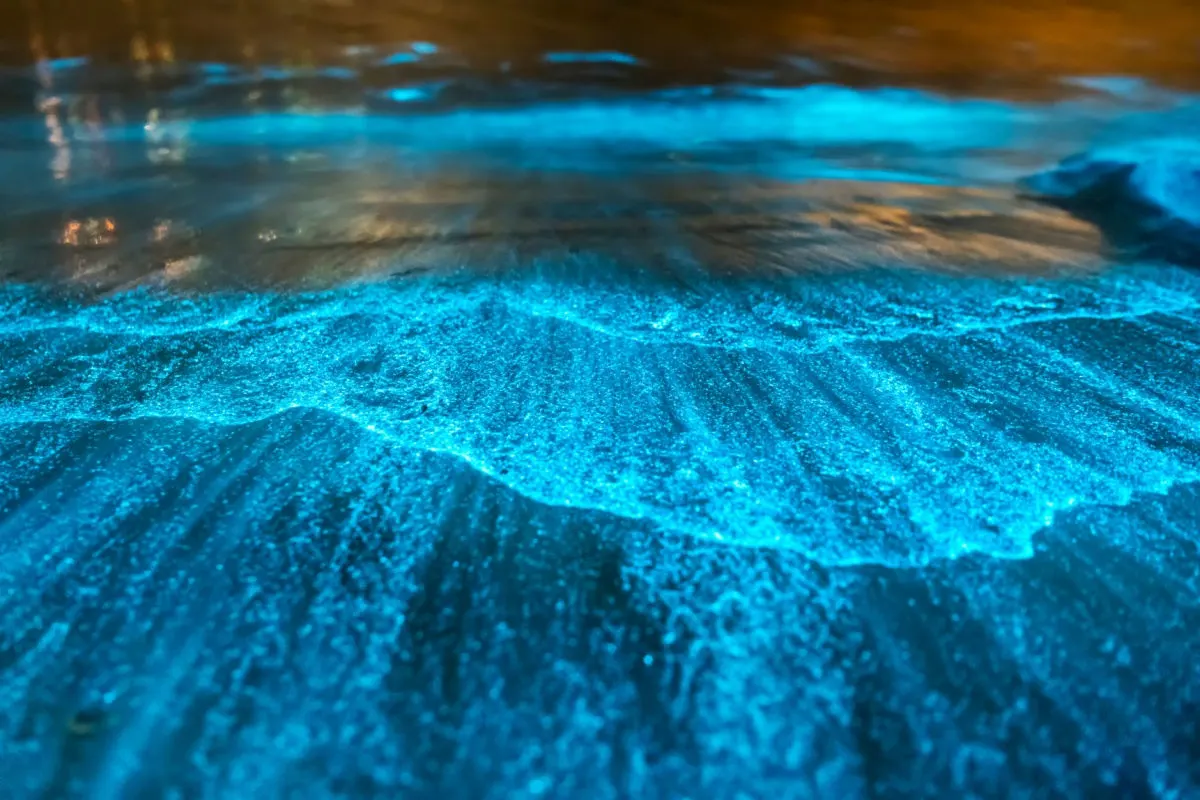
That’s especially the case this spring when travelers can admire the glow of Holbox’s bioluminescent beaches.
The annual phenomenon is visible between the months of March and December thanks to the presence of tiny plankton that glows under the starry sky.
Despite confronting multiple weeks of flooding earlier this year, Holbox is once again ready to welcome thousands of travelers in spring and summer.
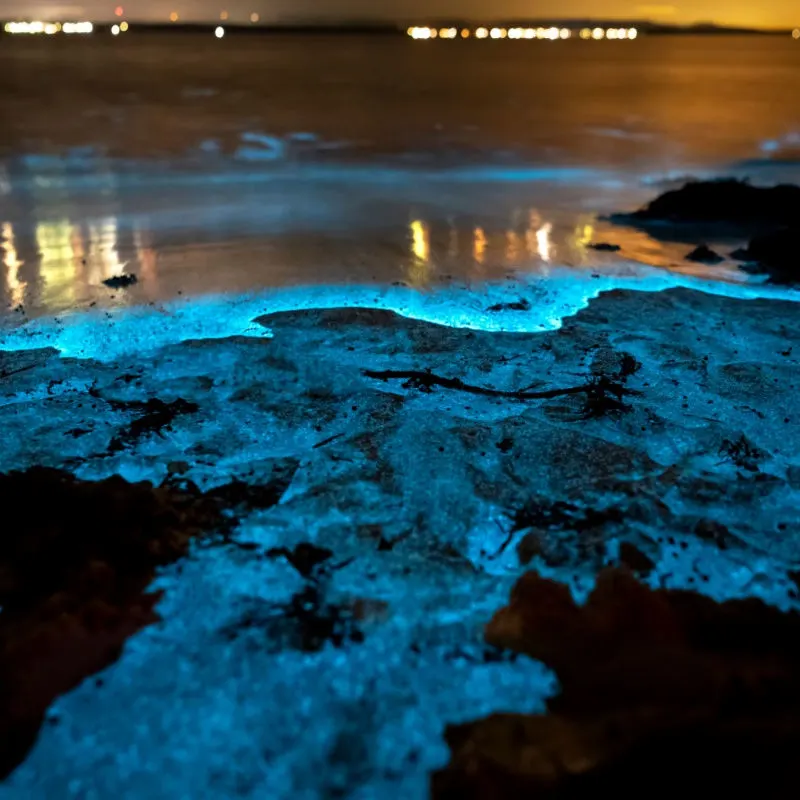
With that in mind, here’s a look at what travelers can expect from this one-of-a-kind natural phenomenon.
Holbox’s Pristine Beaches To Light Up This Spring
One of the year’s most anticipated events has begun on Holbox, a small yet stunning tropical island off the northern coast of Quintana Roo.
Known as bioluminescence, this phenomenon occurs when tiny species of plankton wash up on Holbxo’s lengthy coastline and give off a radiant glow when reacting with oxygen.
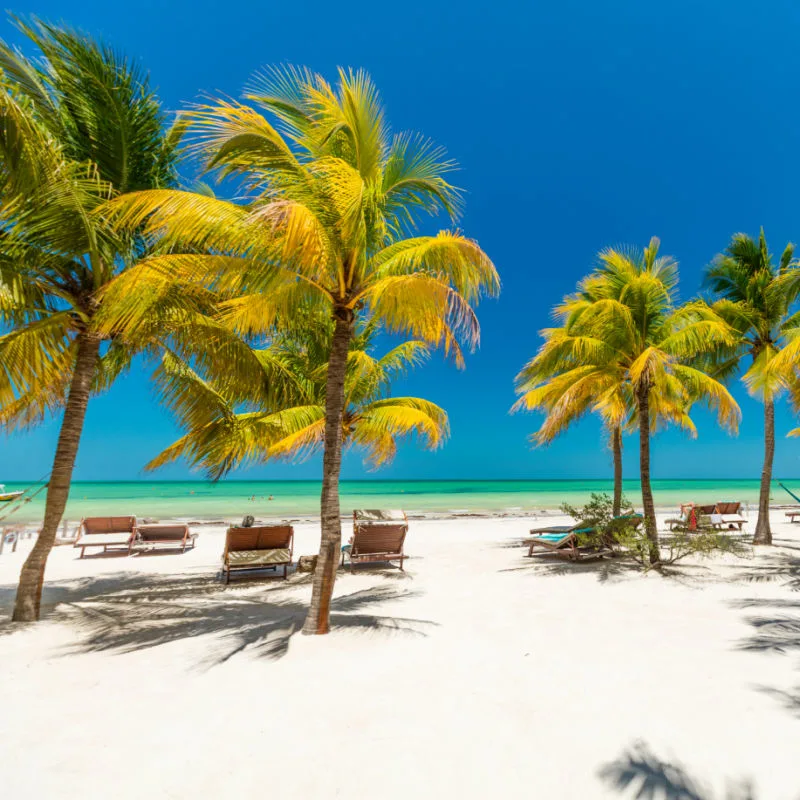
Some species of plankton found across the northern shores of Quintana Roo contain a molecule known as luciferin.
When coming into contact with oxygen, they release a beautiful blue light, which is best observed on moonless nights.
Each year, videos of the rare event go viral on social media, prompting waves of traveler bookings to the picturesque island.
With travel to Holbox expected to skyrocket in the coming months, travel agencies on the island are already offering tours to witness the astonishing sight.
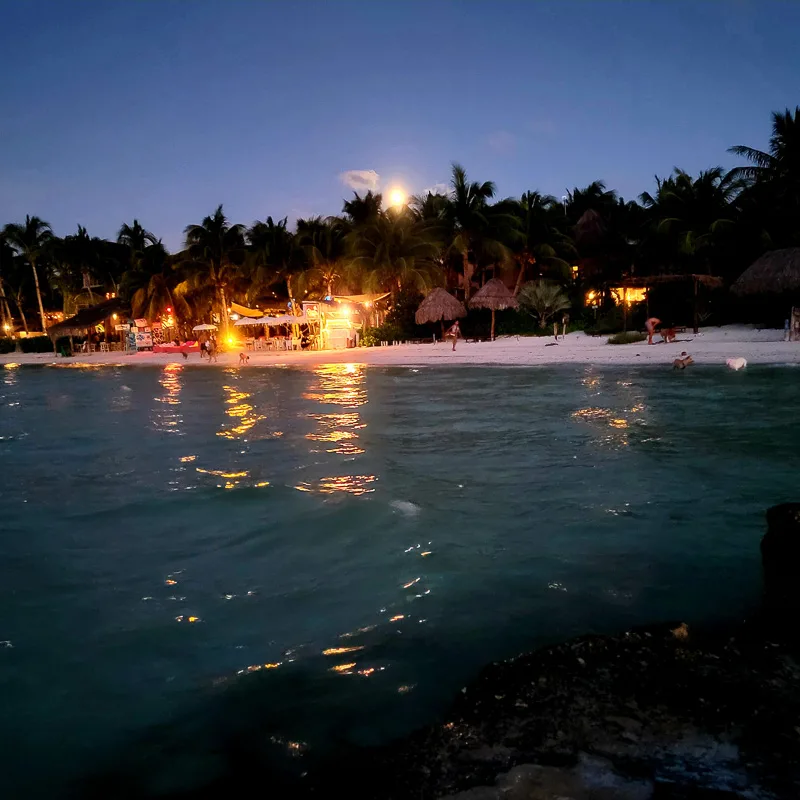
While Holbox’s bioluminescent beaches are definitely a sight to behold, travelers should keep a few important tips in mind.
Visitors will have to catch a bus to the fishing town of Chiquilá, from where they can take a ferry to Holbox.
Upon arriving at the island, travelers should book accommodation as far away from sources of artificial light as possible, as any sort of street or car light can affect visibility.
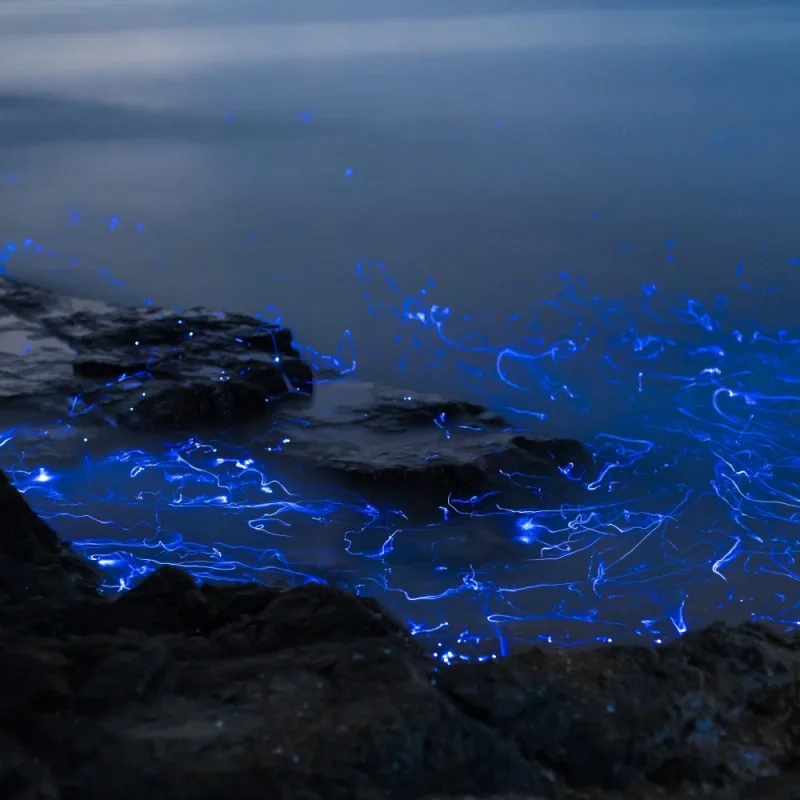
Travelers will also want to avoid heading to Holbox during a full moon, which, much like artificial light, can decrease the visibility of bioluminescent plankton.
The next full moon will occur on the 20th of March, although travelers will also want to avoid the days before and after that date for the best experience.
Companies like IR Viajes y Tours and Xtreme Holbox Island are among the many tour organizers focusing on experiences that allow travelers to see the island’s bioluminescent beaches first-hand.
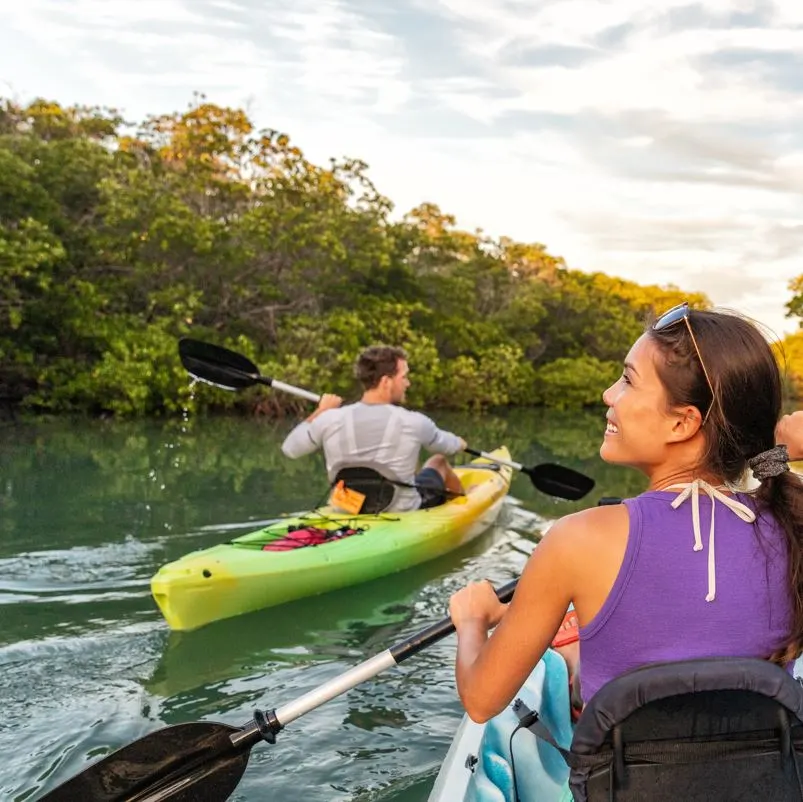
Lasting approximately two hours, these thrilling tours typically come with add-ons like kayaking, round-trip transportation, and insurance.
With rates of around $60 per person, it’s a great deal for travelers wishing to tick off another Mexican Caribbean bucket list experience.
This top-rated kayaking tour takes travelers to one of the most secluded beaches in Holbox – Punta Mosquito – where guests can admire the natural glow of the island’s sandbanks and go for a swim.
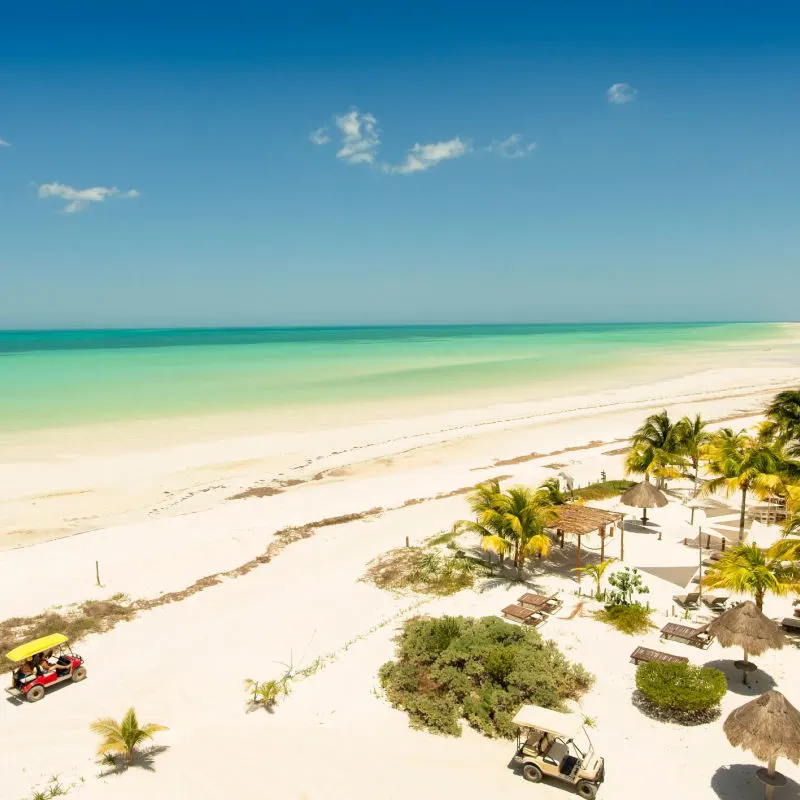
Holbox has seen its popularity skyrocket over the past year after being voted one of the best island destinations in North America by Condé Nast Traveler.
Offering laid-back beach town vibes, this quaint destination boasts dozens of cozy boutique hotels and Airbnbs.
With new investments in the island’s infrastructure and plumbing systems, flooding issues are expected to diminish over the coming months, making Holbox all the more appealing for travelers.
Plan Your Next Cancun Vacation:
Traveler Alert: Don’t Forget Travel Insurance For Your Next Trip!
Choose From Thousands of Cancun and Riviera Maya Hotels, Resorts and Hostels with Free Cancellation On Most Properties
↓ Join the community ↓
The Cancun Sun Community FB group has all the latest travel news, conversations and tourism Q&A’s for the Mexican Caribbean

Subscribe to our Latest Posts
Enter your email address to subscribe to The Cancun Sun’s latest breaking news affecting travelers, straight to your inbox.
